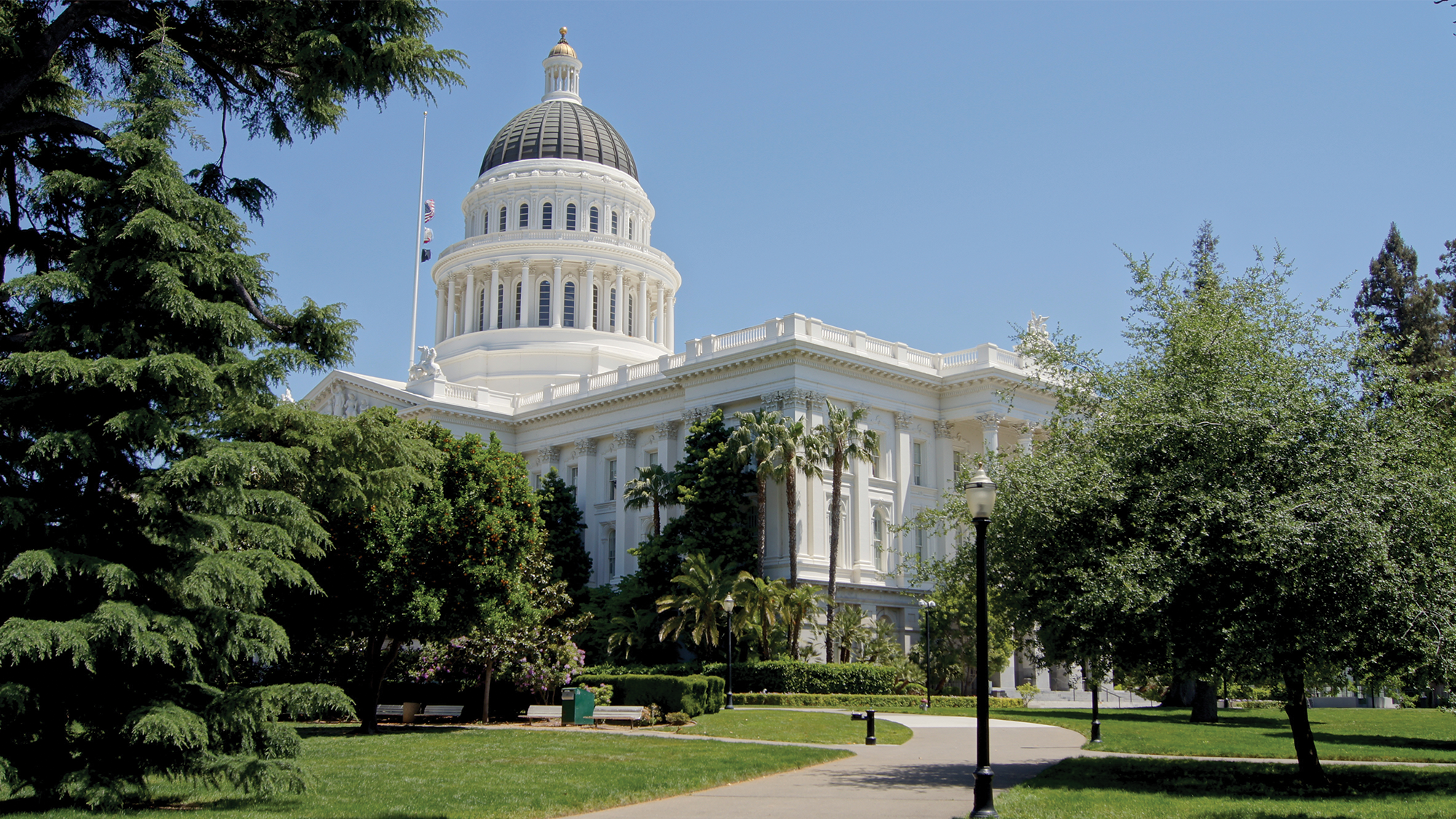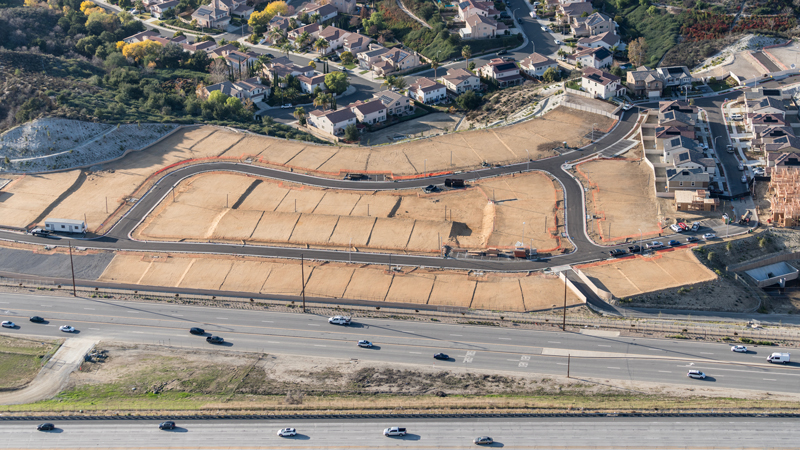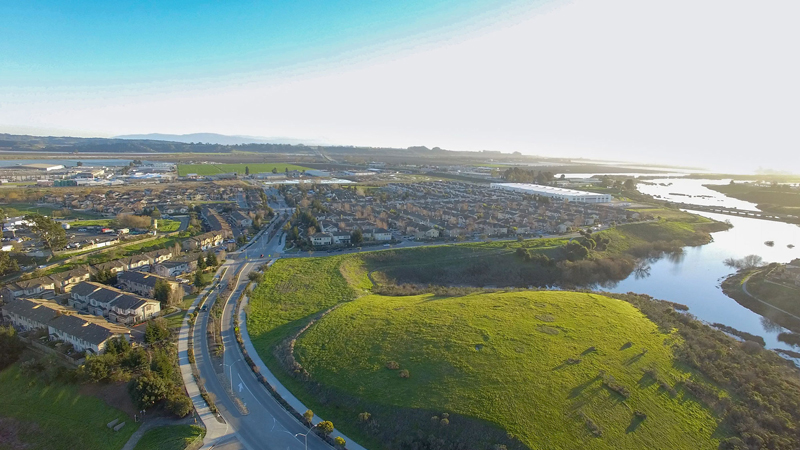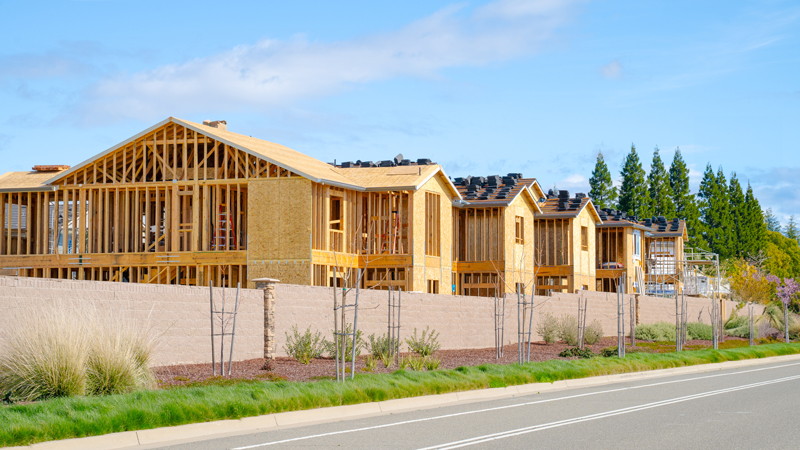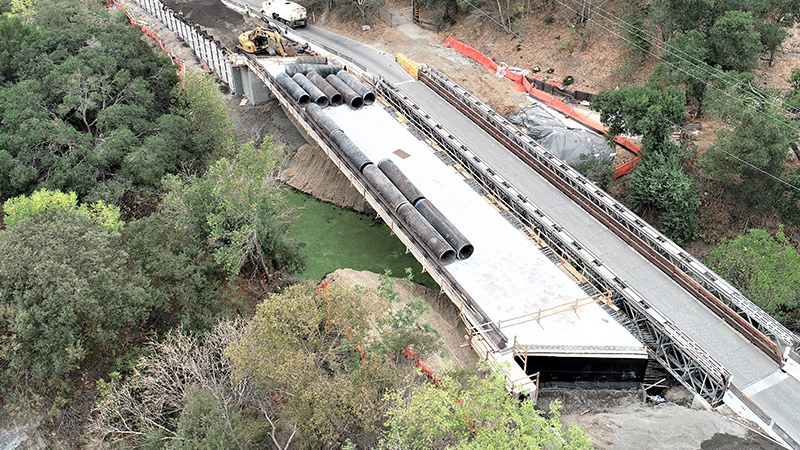6.3 minute read
May 07, 2018
California currently faces what experts have deemed a housing crisis. Nearly a third of Californians spend more than 50% of their income on rent, and the consequences are extensive: Lack of affordable housing costs the state’s economy between $143 billion and $233 billion per year.
Now for the good news: In September 2017, Governor Jerry Brown signed a package of 15 bills designed in large part to incentivize affordable housing projects. (See our initial breakdown of California’s housing bills here.) Of the bunch, SB540, AB73 and SB3 address two of the biggest challenges for agencies and developers alike: funding and cumbersome review processes.
The hope behind these three bills is that efficient reviews coupled with stable funding will accelerate the development of affordable housing units. In this post, I’ll tell you more about each bill, with a special focus on the attached incentives and how to qualify for them.
SB540 Workforce Housing Opportunity Zone
The synopsis: To streamline the housing approval process, SB540 allows local governments to designate certain areas for housing development near public transportation, known as Workforce Housing Opportunity Zones (zones).
There is a minimum of 100 and maximum of 1,500 units per zone. At least half of the homes within the zones must be affordable to households with low or moderate incomes. Establishing a zone calls for completing one overarching environmental impact report (EIR), identifying a source of funding and creating a Specific Plan.
The Specific Plan should include:
- Uniform mitigation measures for traffic, water, natural resources, etc.
- Consistent parking ordinances, grading ordinances, habitat protection, public access and reduction of greenhouse gas emissions
- Design review standards
- Funding sources, including an Enhanced Infrastructure Financing District or a Community Revitalization and Investment Authority.
For a period of five years after the Specific Plan is adopted, the jurisdiction maintains authority to approve (in 60 days) developers’ individual projects within the zone. As long as projects are consistent with the EIR and Specific Plan, developers do not need additional environmental reports for each project within a zone.
The incentive: The point of affordable housing zones is advanced planning, which makes more developments available in an expedited manner.
How to participate: Localities can submit an application to the Department of Housing and Community Development for a grant and/or zero-interest loan. And developers that meet all the zone criteria can expect approval of their plans within 60 days of submittal. One important note: Developers have to pay prevailing wages to qualify.
AB73 Planning and Zoning: Housing Sustainability Districts
The synopsis: AB73 also aims to simplify and speed up affordable housing approvals. But rather than relying solely on public funding for the many affordable housing developments California needs, this bill facilitates private funding.
Local governments may now complete zoning and environmental review processes to establish—by ordinance—housing sustainability districts, similar to SB540’s workforce housing zones. A housing sustainability district is a high-density housing overlay zone near public transportation that includes 20 percent of units available specifically for very low-, low- and moderate-income households.
Checking these boxes warrants ministerial approval (no individual judgement involved) from the Department of Housing and Community Development for the ordinance. Once approved, the ordinance remains in effect for 10 years.
The incentive: For cities that create housing sustainability districts, a zoning incentive payment is available at two stages. First, the Department of Housing and Community Development issues a zoning incentive payment when local governments receive preliminary approval—along with the EIR—for housing sustainability districts. Second, the Department issues an additional incentive payment when a city gives the green light to housing units within a district. The amount of payment is based on the number of new residential units constructed within the housing sustainability district.
Plus, projects within the housing sustainability districts are covered by the EIR and exempt from further California Environmental Quality Act (CEQA) review.
How to participate: Cities need to make sure construction begins within three years of receiving the first incentive payment—otherwise, they have to return the money. Developers need to pay prevailing wages and ensure the workforce is well-trained and skilled, with some exceptions allowed.
SB3 Veterans and Affordable Housing Bond Act of 2018
The synopsis: SB3 is a key funding measure in the 15-bill housing package that proposes a $4 billion general obligation bond to fund affordable housing programs along with CalVet, the veterans’ homeownership program. California voters will decide its fate in November 2018. If approved, the funds would likely be available in 2019.
Here’s a breakdown of how the $4 billion would be disbursed:
Program |
Amount |
Purpose |
|
Multifamily Housing Program |
$1.5 billion |
Construct, rehabilitate and preserve permanent and transitional rental housing for lower-income households via loans. |
|
Transit-Oriented Development Program |
$150 million |
Provide low-interest loans for higher-density rental housing developments near public transportation with affordable units and mortgage assistance. Cities, counties and transit agencies have access to grants for infrastructure improvements necessary for development. |
|
Infill Incentive Grant Program |
$300 million |
Promote infill housing developments by helping finance infill infrastructure that serves new construction and improves existing infrastructure, supporting greater housing density. |
|
Joe Serna, Jr. Farmworker Housing Grant Fund |
$300 million |
Finance construction, rehabilitation and acquisition of homes for agricultural workers. |
|
Local Housing Trust Fund Matching Grant Program |
$300 million |
Provide matching grants, on the dollar, to local housing trusts. |
|
CalHome Program |
$300 million |
Help low-income households become or remain homeowners by providing grants to local public agencies and nonprofit developers. For projects that include multiple ownership units, the program provides direct loan forgiveness. For property acquisition for mutual housing and cooperative developments, it provides loans. |
|
Self-Help Housing Fund |
$150 million |
Assist low- and moderate-income families with grants to build their homes with their own labor. |
|
CalVet Home Loan Program |
$1 billion |
Provide loans to eligible veterans at below-market interest rates with little or no down payment. |
Closing Thoughts
The degree to which state funding will ultimately improve California’s housing crisis depends on many factors, like agency participation, location of project development, additional funding sources and populations served. But one fact is certain: The new incentive-laden bills have plenty to offer for municipalities and developers interested in growth.
If you’d like a better understanding of the new housing laws and how to maximize the incentives, get in touch.


